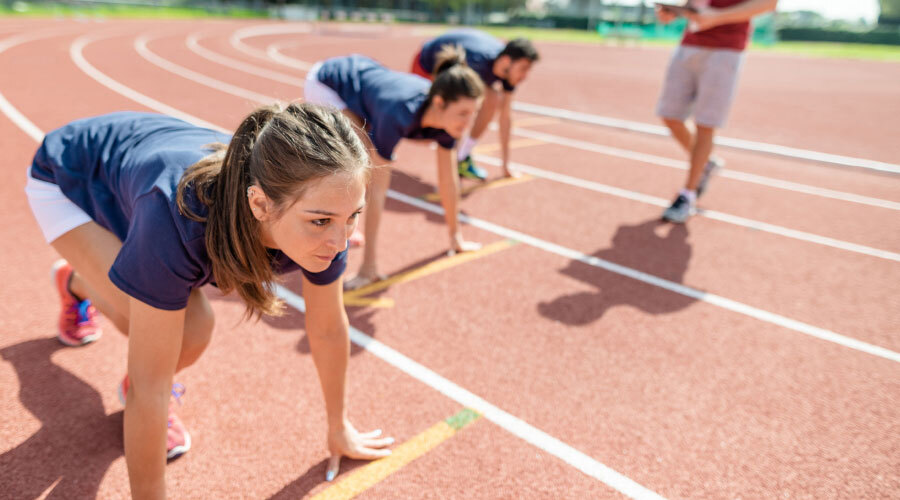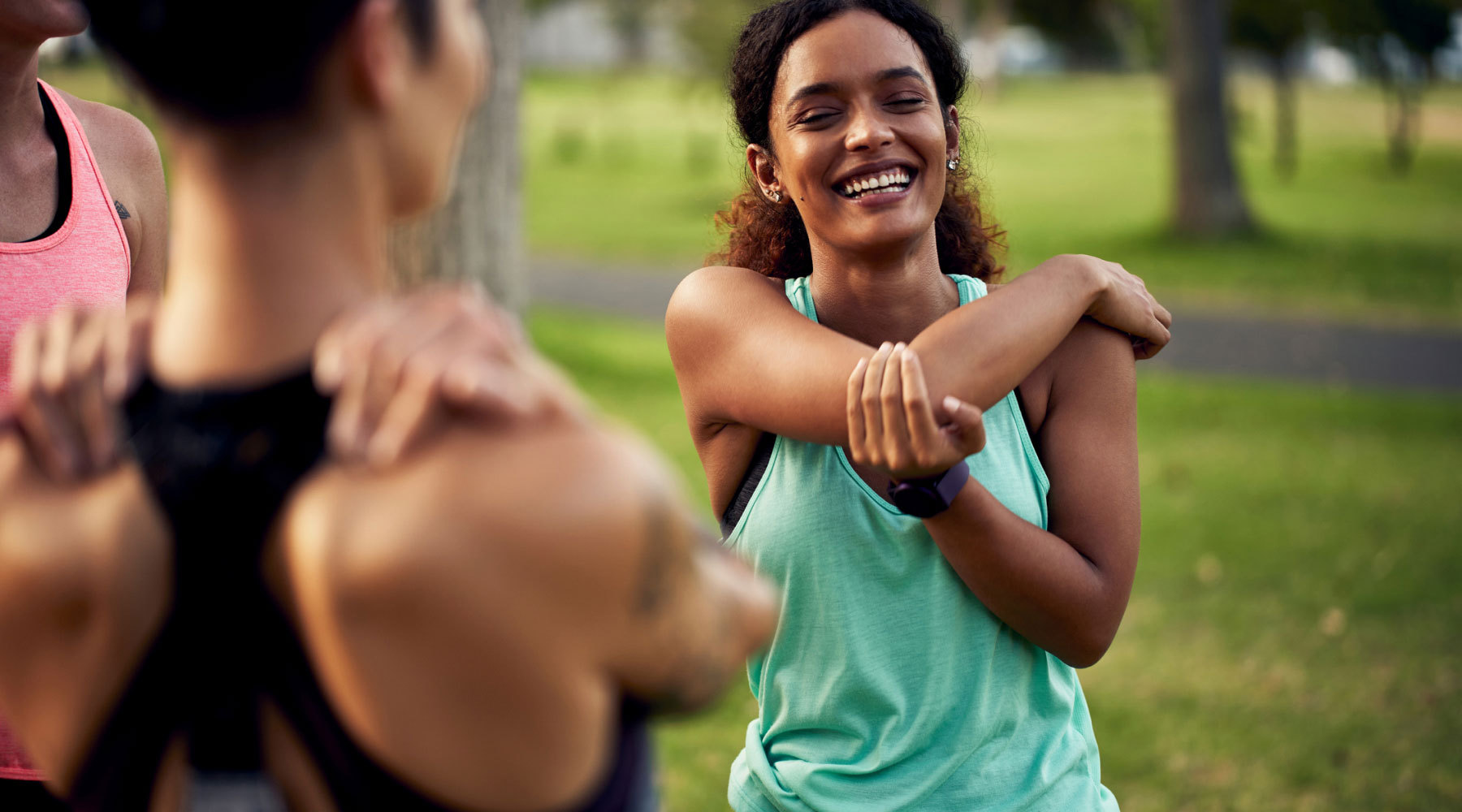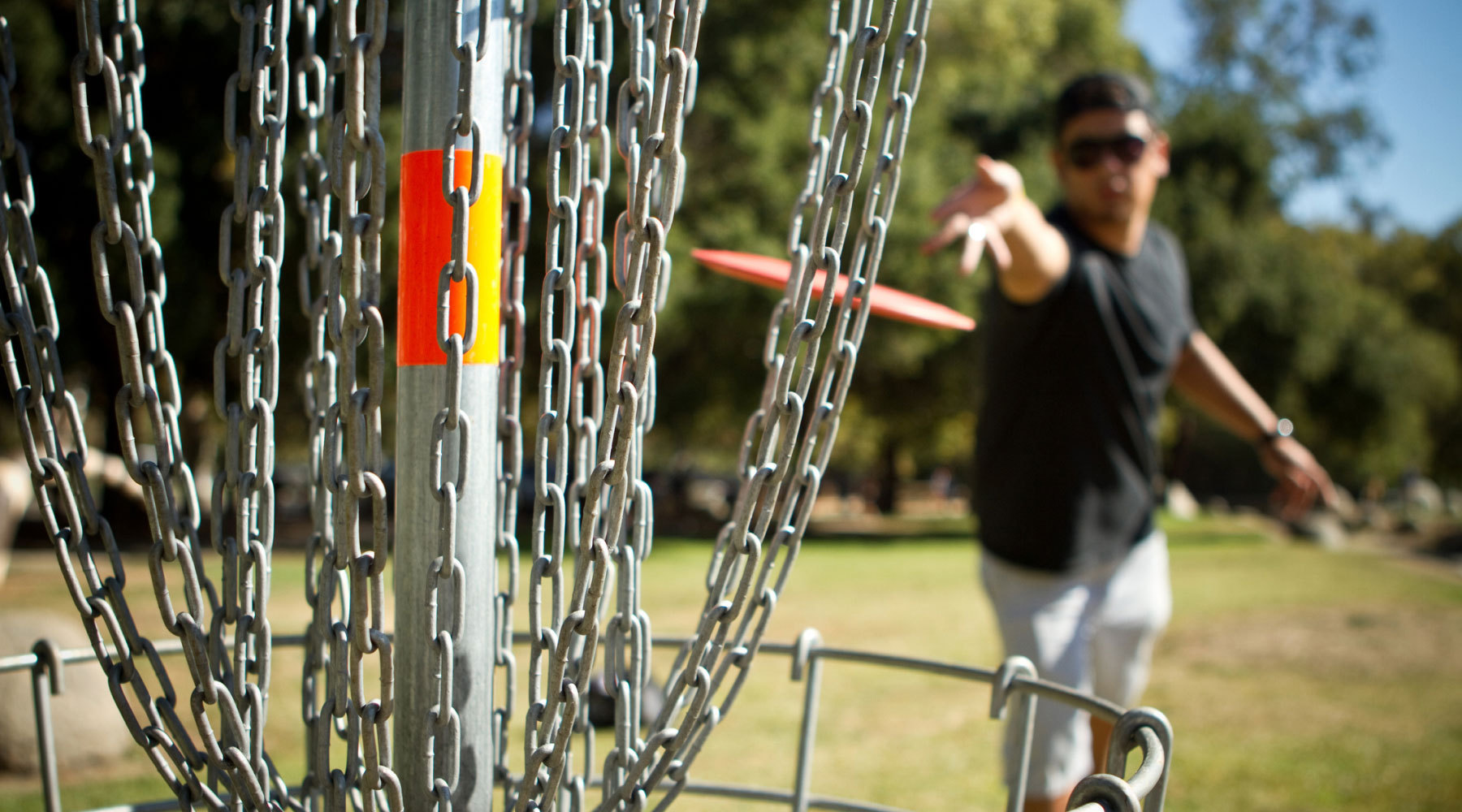
The start of a new school year means the return of fall sports, and for student athletes, that often comes with packed practice schedules, early morning conditioning, and a fast jump back into competition.
Whether you’re gearing up for football, soccer, cross-country, or another fall sport, the last thing you want is to be sidelined by an injury just as the season kicks off. Sprains, strains, shin splints, and overuse injuries are some of the most common issues we see in student athletes. The good news? A little planning and some smart habits can go a long way in keeping you healthy and on the field.
Ease In with a Good Warm-Up
It might be tempting to dive right into drills, but skipping your warm-up is one of the easiest ways to get hurt. A proper warm-up gets your muscles ready to move, boosts your circulation, and helps prevent strains and pulls.
Try a few minutes of light cardio, like jogging or jumping jacks, followed by dynamic stretches like:
- Arm circles
- High knees
- Walking lunges
- Leg swings
Save the longer, hold-it-and-breathe kind of stretches (static stretching) for after your workout, when your muscles are warm.
Build Strength to Stay Strong
You don’t need a full weight room routine, but doing a few strength exercises each week can really help protect your joints and improve your performance.
Focus on areas like your core, hips, and legs with simple movements like:
- Squats and lunges
- Planks
- Glute bridges
- Shoulder and hip work with resistance bands
The goal isn’t to bulk up, it’s to build stability and prevent the kind of muscle imbalances that lead to injuries.
Know the Signs of Overuse Injuries
Not all injuries happen in a single moment. Overuse injuries creep in over time, especially if you’re playing the same sport year-round or doing repetitive movements every day.
Watch out for:
- Soreness that doesn’t go away
- Swelling or tenderness in the same area
- Decreased performance or coordination
- Trouble sleeping because of pain
If something doesn’t feel right, speak up. The sooner you address it, the easier it is to treat.
Rest Days Are Part of the Plan
Pushing yourself every day might seem like the best way to get better, but rest and recovery are just as important as practice. Your muscles need time to repair and rebuild.
Make sure you’re:
- Getting enough sleep
- Staying hydrated
- Eating balanced meals
- Taking full days off when needed
Burnout and fatigue increase your risk of injury. Listen to your body and give it the break it deserves.
When to Get Checked Out
If you’ve got pain that sticks around, a joint that won’t move like it used to, or you’re just not feeling right, don’t wait it out. Getting checked by a sports medicine provider can help you get back on track faster and avoid long-term issues.
At Access Sports Medicine, we work with student athletes all the time, helping them recover from injuries, stay in the game, and train smarter. Whether you need an evaluation or just some guidance on preventing injuries this season, we’ve got your back.
Ready to get back in the game? Schedule an appointment with our sports medicine team today.


